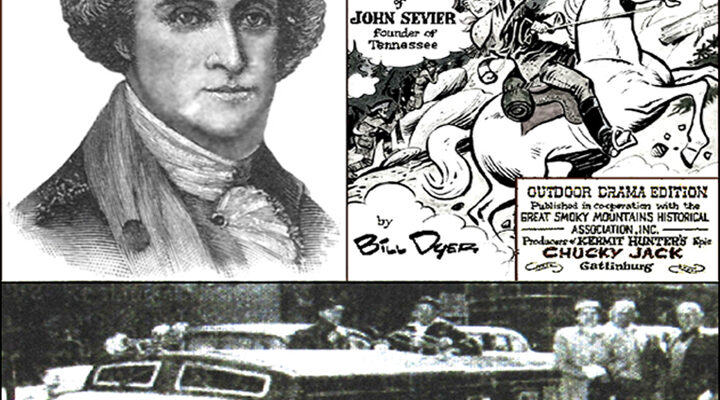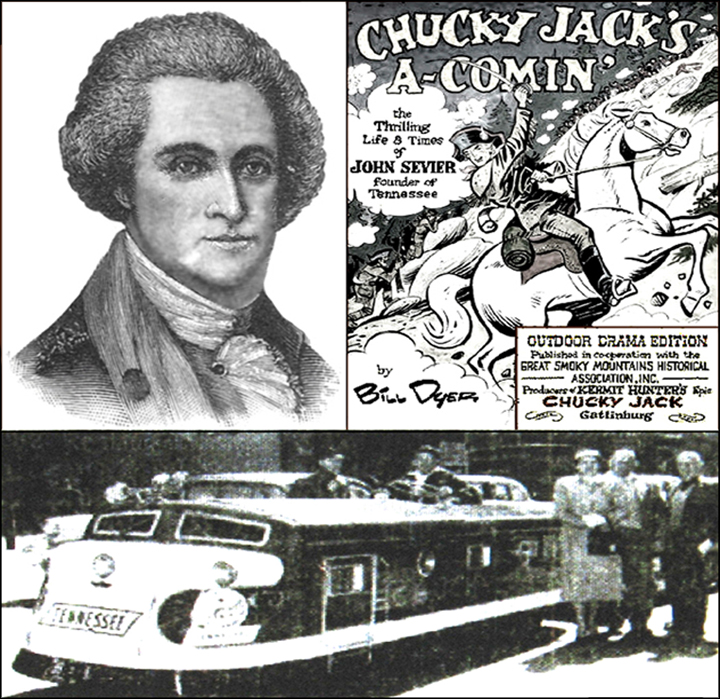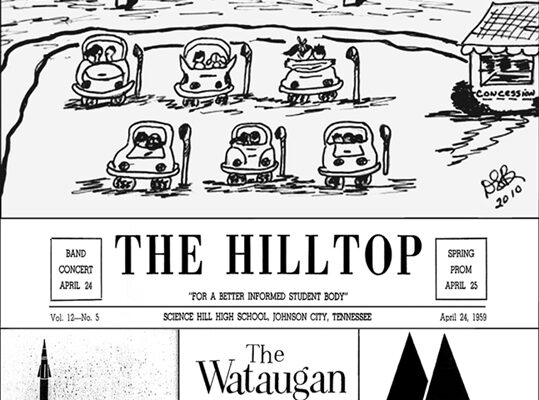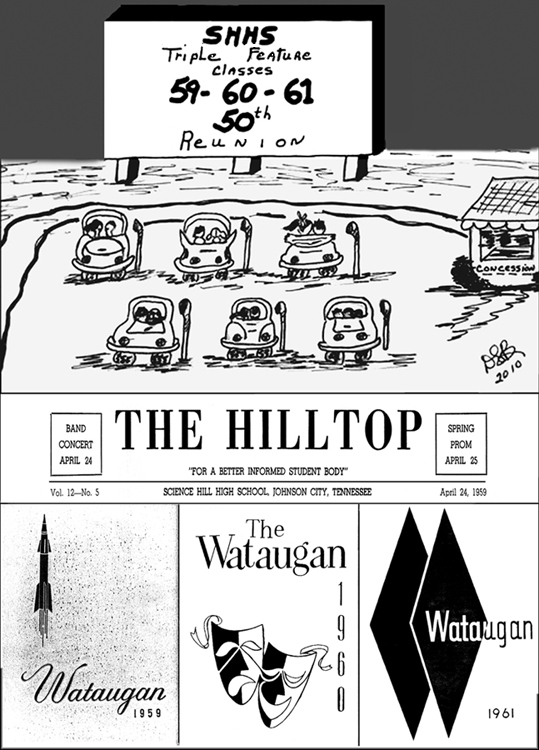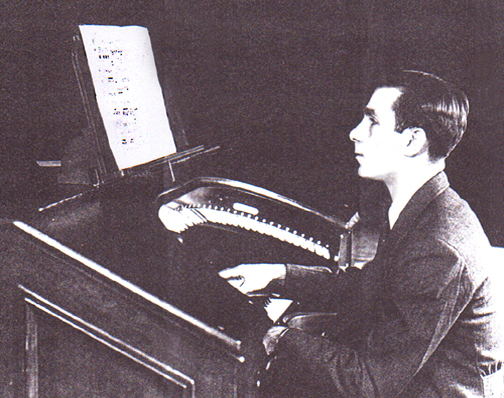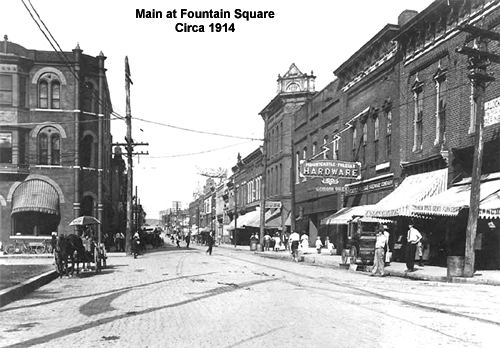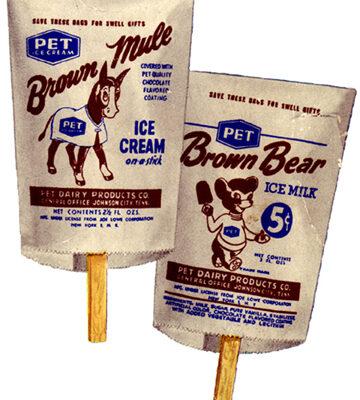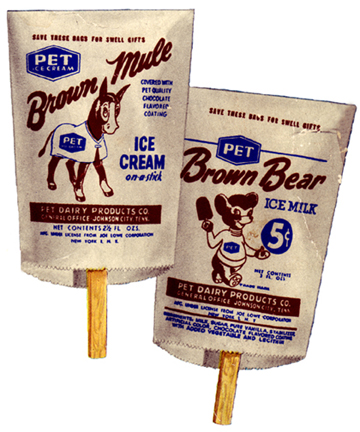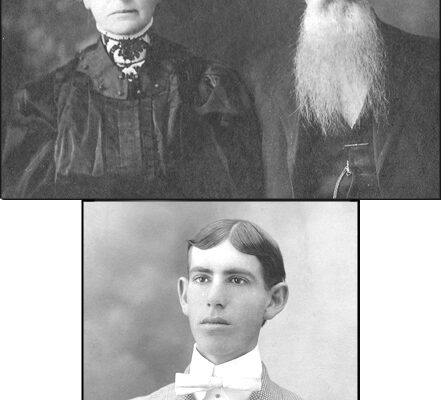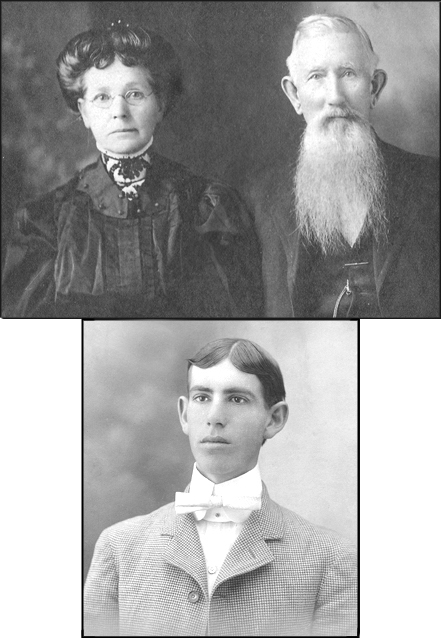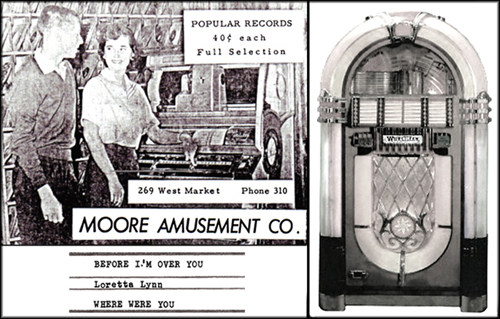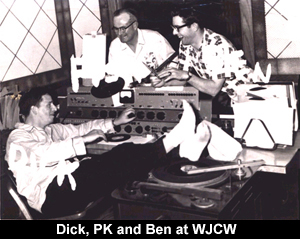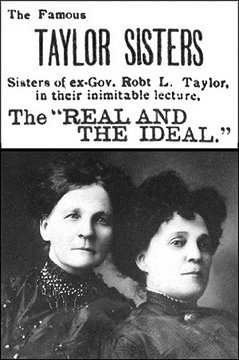Comparing an early 1940s modern kitchen with those of today reveals how far technology has advanced in 70 years. In that wartime era, someone speaking of a dishwasher was likely referring to a person, not an automated machine.
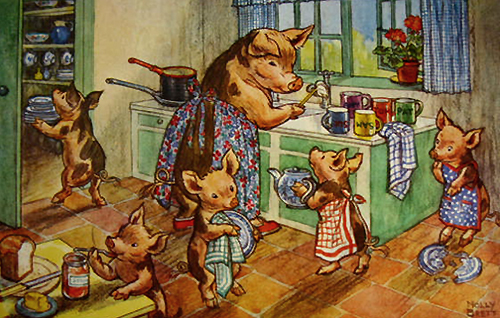
Back then, family members assisted with numerous household chores such as washing dishes. Most homes had a definite sequence to this ritual: cleaning glasses first, silverware second, dishes third and pots and pans fourth. Since water was often conserved at rural homes, it was necessary to avoid changing dishwater too often. Therefore, the least greasy items were generally washed first.
The Doe family members have just finished their evening meal. Mary and Jane are assigned the responsibility of cleaning up after supper. The girls bring dirty dishes, drinking glasses and eating utensils from the dining table to the kitchen. Initially, they fill a dishpan half full of water and add a small quantity of soap to it. They wash glasses and dry and polish them, making sure no lint is present. They then put the clean glasses in the kitchen closet.
Dirty silverware is next placed in the water that was used to clean the glasses. They add additional soap as needed. Each piece of silverware is thoroughly cleaned, rinsed, dried and put away.
The girls then remove food from plates and after that scrub them to get rid of any remaining particles stuck to them. Afterward, they take the accumulated slop to an outside covered garbage can for disposal.
Since the dishpan water is not too dirty, it can be used to wash the plates and saucers. The youngsters submerge each item in the water and clean it meticulously. As with most cleaning operations, a reasonable amount of “elbow grease” is required to get things completely sanitized. Once clean, they transfer each item to the metal drainer. After all plates have been cleaned and placed in the drainer, they empty the dishpan water and place the loaded drainer in it. Clean water is next poured over the dishes to remove any soap residue.
Now comes the most important step in the cleaning process. A couple pots of fresh water are heated on the stove and allowed to come to a boil. The scalding water is slowly and cautiously poured over everything in the drainer to destroy any remaining bacteria. Hot water quickly dries the plates, therefore eliminating the need for drying with a dishrag.
Now that the glasses, utensils and plates are clean, Mary and Jane take the dirty pots and pans to the kitchen where they are washed, dried and stored for the next meal. The young ladies conclude their routine chore by washing dishtowels, rinsing and drying the dishpan and dish drainer and putting everything in storage.
Research data from that era revealed that dishes washed only in cold water contained an abundance of bacteria; those washed in warm soapy water had fewer bacteria; the ones cleaned in hot soapy water and rinsed thoroughly with boiling water became essentially germ free.
A helpful hint from the 1940s advised people to not wastefully dump in a large quantity of soap flakes or chips to the water in the dishpan. Instead, it recommended using a small amount of water in the pan and dissolving a modest quantity of soap in it. Another money saver was to accumulate small pieces of bar soap in a mesh strainer resembling a small corn popper and then dissolving them in the dishpan water.
Today, most homes have automated dishwashers that clean dishes in five easy steps: load the washer, add soap, close the door, push a button and unload it after it runs its full cycle. Oldsters can readily recall yesteryear when cleaning chores in the kitchen was long and laborious.

